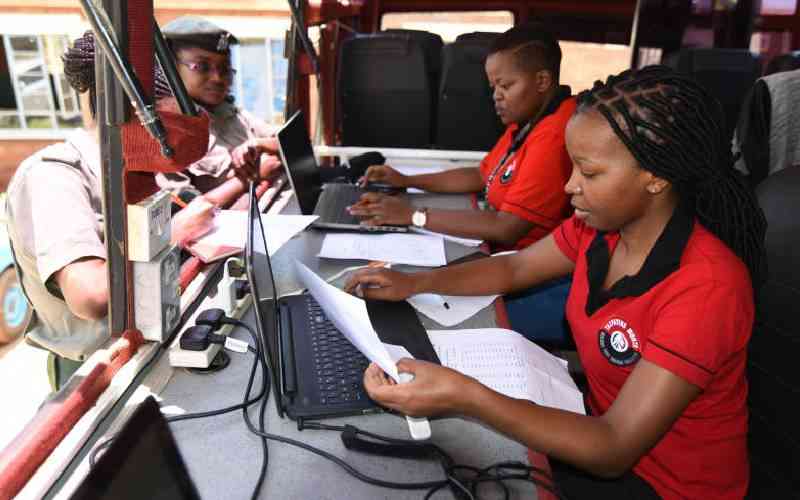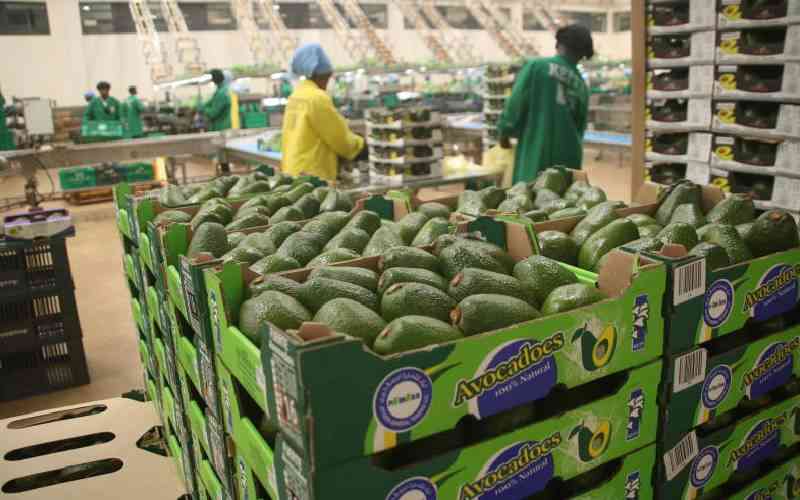As Africa’s ministers of Trade met in Cairo between December 12 and 13, last year, there was a lot to celebrate. Within nine months of its coming into being on March 21, 2018 in Kigali Rwanda, the African Continental Free Trade Area has been ratified by 13 countries. Only nine more countries are needed to reach the required 22. This will enable the second ratification instrument for the Agreement to come into force, and for the free trade area to be formally launched at the next African Union Summit next month.
With this imminent entry into force, priority has now rightly shifted to fast tracking implementation of the agreement so that economic operators can actually utilise the expected trade and investment opportunities.
On the shelves
The issue is, Africa has been good at adopting agreements and taking numerous decisions, but very bad at implementation.
The African Free Trade Area should not join this lot of instruments that remain on the shelves, hardly of any value in the end.
Fortunately, some work has been done to publicise the African Free Trade Area around the continent and the world.
The communication and visibility strategy mounted by the African Union and its partners has been effective in mobilising and reaching out to political leaders, the media, civil society, the private sector and academia.
Though many have heard about the initiative, good knowledge of the rules of the game will be important to facilitate actual utilisation of the trade and investment opportunities.
Long term and executive courses will therefore come in handy, as well as user-friendly business manuals and targeted customised training events.
Planning or programming of investment and production with a view to using the African Free Trade Area will require advance knowledge of the new regulatory environment.
Quickly finalised
Payable taxes, rules of origin that determine which products qualify for duty-free and quota-free treatment, the quality and health standards to meet, and the applicable documentation, all need to be factored in.
Investors and producers need to have this information, which therefore should be quickly finalised and packaged in easily accessible formats.
The customs authorities, logistics industry and financial institutions in particular, will need to know the ropes and assist in utilisation of the instruments and preferences provided under the free trade area.
It has been agreed that 7 per cent of product lines will be sensitive products, with much longer transition periods, and 3 per cent will be totally excluded from the African Continental Free Trade Area.
These products should not exceed 10 per cent of the values of imported products.
It is important to get this right as intra-Africa trade in goods, though it has been increasing, remains low, estimated at only 18 per cent of Africa’s total trade.
The impetus around industrialisation for social economic transformation requires active and beneficial regional and global value chains, which require readily available and timely cost-effective exportation and importation of inputs or components and intermediate products.
The very good news, though, is that the 90 per cent of product lines will be subject to straightforward linear reductions over the transition periods; namely, five years for developing countries, 10 to 13 years for least developed countries and possibly 15 years for a small group of other countries.
An immediate step is to produce the tariff reduction schedules according to these transition periods. The reductions can then start in 2019 when the Continental FTA Agreement comes into force.
The agreement establishing the African Continental Free Trade Area recognises that the higher levels of economic integration in the regional economic communities, such as COMESA, EAC and SADC, should be preserved and not rolled back.
These three regional economic communities have negotiated and agreed on a single Tripartite Free Trade Area, which covers half of Africa.
The Tripartite Agreement is ready for implementation - the legal instruments are ready, tariff negotiations are completed, the other countries will use the acquis (extend existing levels of market opening subject to reciprocity). One easy way to fast-track implementation of the Continental Free Trade Area is to immediately operationalise this Tripartite FTA.
Game changing
This will be a game changing step towards actually getting the Continental FTA off the ground while other processes play out, especially on continental tariff negotiations for market opening. In conclusion then, remarkable progress has been made towards ratification of the African Free Trade Area, which should enter into force this year.
As the priority shifts towards fast tracking its implementation, capacity building, including targeted practical training of users in the public and private sectors, and building on existing regional free trade areas will assist the process.
Mr Mangeni is the Director of Trade and Customs at the COMESA [email protected]
 The Standard Group Plc is a multi-media organization with investments in media
platforms spanning newspaper print operations, television, radio broadcasting,
digital and online services. The Standard Group is recognized as a leading
multi-media house in Kenya with a key influence in matters of national and
international interest.
The Standard Group Plc is a multi-media organization with investments in media
platforms spanning newspaper print operations, television, radio broadcasting,
digital and online services. The Standard Group is recognized as a leading
multi-media house in Kenya with a key influence in matters of national and
international interest.
 The Standard Group Plc is a multi-media organization with investments in media
platforms spanning newspaper print operations, television, radio broadcasting,
digital and online services. The Standard Group is recognized as a leading
multi-media house in Kenya with a key influence in matters of national and
international interest.
The Standard Group Plc is a multi-media organization with investments in media
platforms spanning newspaper print operations, television, radio broadcasting,
digital and online services. The Standard Group is recognized as a leading
multi-media house in Kenya with a key influence in matters of national and
international interest.









